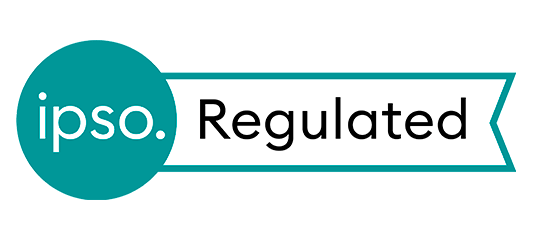Childline: self-harm advice and where to get help
In this week's column for My Kent Family, Childline services manager Wendy Robinson looks at the complex issue of self-harm among youngsters:
In 2016/17 Childline handled 15,376 counselling sessions from children about self-harm.
Self-harm is when someone intentionally physically hurts themselves. Many people believe it is a suicide attempt or a cry for attention.
It’s neither – it’s a way of releasing emotions that are so overwhelming you feel you have no other way of releasing them.
Scroll down for audio
The physical pain of self-harm might feel easier to deal with than the emotional pain that's behind it.
One young person who contacted Childline anonymously told us: “I feel really alone. I have no one to talk to about my problems because no one cares. My friends have all turned against me and my family aren’t around. I feel like I’ve lost everything so I self-harm to make me feel better – it’s a release when I cut or punch a wall.
"I know people think I’m weird but it’s the only way for me to cope.”
Self-harm is complex because while some do it because they are being bullied or abused for example, others don’t know why – it just makes them feel better.
It’s a coping mechanism and once young people start it can become a compulsion, which is why it's so important to spot it as soon as possible and do everything you can to help.
The signs to look for can be physical and emotional:
Physical signs
These are commonly on the head, wrists, arms, thighs and chest.
Young people can go to great lengths to cover up and they might try and explain them as accidents but look out for:
- cuts and bruises
- burns
- bald patches from pulling out hair
Emotional signs
These are harder to spot and don't necessarily mean that a young person is self-harming. But if you see any of these below as well as the physical signs then there may be cause for concern:
- depression, tearfulness and low motivation
- becoming withdrawn and isolated, for example wanting to be alone in their bedroom for long periods
- unusual eating habits; sudden weight loss or gain
- low self-esteem and self-blame
- drinking or taking drugs
But together you can help your child to learn other ways to cope.
Show them you understand – it’s important you stay calm and let them know you’re there for them. Try not to take it personally or blame yourself. Just concentrate on showing you want to help.
Talk it over. If they want to talk, sit down and listen to them. If they can’t speak to you, encourage them to call Childline on 0800 1111.
Discover their triggers - try to get to the bottom of what makes your child self-harm and think about how triggers can be avoided. You can explore other ways to cope on the Childline website.
Build their confidence - think of things they can do well and be praised for and activities they can take part in that will make them feel really good about themselves.
Discovering your child is self-harming can have a big impact on the whole family. If you need support, call the NSPCC helpline on 0808 800 5000 and speak to an experienced counsellor.




